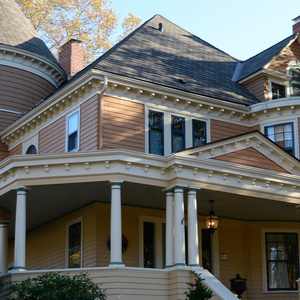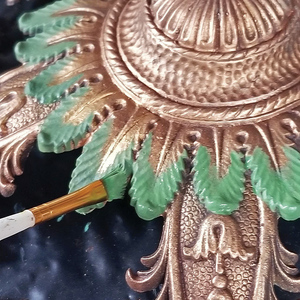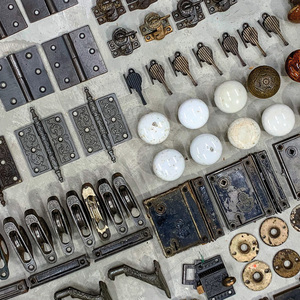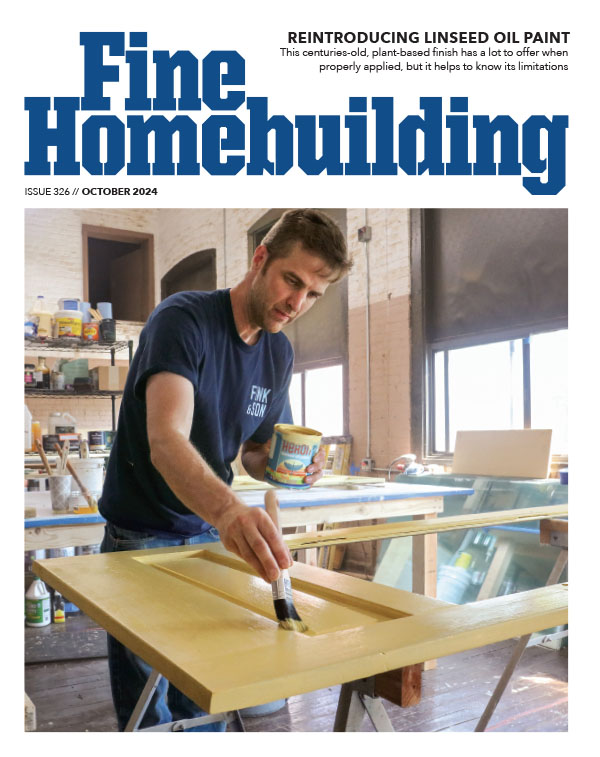I’ve been doing a lot of retro exterior door jobs lately that require tear outs of (E) glass sliders and replace with new french doors that need stucco patching about 6″ around all sides of the door. I have a guy who has been doing my patch work for $250 and does a great job of matching the existing stucco except he is taking to long to get to my patch work and is complaining that $250 is not enough for these patches. I know there is maybe $50 dollars in materials at the most and these little patch jobs should only take 4 hours to do using accelerators in your plaster. I want to start doing my own patches so I can turn the job over faster. I have done a few patch jobs before using Rapid set mortar which was exspensive and the material set up to fast. My question is: How and what materials do I use to plaster a patch, and what type of accelerator and quantity do I use, What method of mixing do you use? can you scratch, brown and color in one coat or do you need to do a three step process? I’ve been in the building trades for 20 yrs. I think I can do this. Any suggestions would be greatly appreciated. Thanks, Hack
Discussion Forum
Discussion Forum
Up Next
Video Shorts
Featured Story

Listeners write in about shower panels and cordless tools and ask questions about old wiring, air leaks, and gutter covers.
Highlights
"I have learned so much thanks to the searchable articles on the FHB website. I can confidently say that I expect to be a life-long subscriber." - M.K.
Fine Homebuilding Magazine
- Home Group
- Antique Trader
- Arts & Crafts Homes
- Bank Note Reporter
- Cabin Life
- Cuisine at Home
- Fine Gardening
- Fine Woodworking
- Green Building Advisor
- Garden Gate
- Horticulture
- Keep Craft Alive
- Log Home Living
- Military Trader/Vehicles
- Numismatic News
- Numismaster
- Old Cars Weekly
- Old House Journal
- Period Homes
- Popular Woodworking
- Script
- ShopNotes
- Sports Collectors Digest
- Threads
- Timber Home Living
- Traditional Building
- Woodsmith
- World Coin News
- Writer's Digest


















Replies
Ummm Hack ... I wouldn't want those jobs for $250, and they are a lot tougher than you think. I can tell from your questions that you will be spending a whole lot more on them if you do them yourself. Materials for all plasterwork are a VERY small part of the cost. Skill is all!! Negotiate with your patch guy or ask him (or another contractor) for a reference to another plasterman.
Clay,
Great information, But I believe that I can learn how to do stucco patches. I know it takes a feel or touch which I have developed in finishing drywall and concrete which has a similar feel to plaster. (I'm sure plaster is a little different). I've had success up to brown coat and messed up my color coat. After asking many questions to a plasterman he informed me that I didn't wait long enough for my first sponge float application of color coat to dry before I applied my Actual texture coat. In doing that my sponge application was to wet so my texture would not roll off the trowel to achive a "Skip" effect. As time went, it took me all of about 2 hrs to apply the plaster up to the brown coat stage by using Rappid set mixed in small batches I also left the brown coat down a 1/4" to allow the color coat to blend in to the existing color coat after that is when the frustration kicked in trying to match the texture.
I guess my real question is whats the best way and the best ingredeance to mix by hand plaster in medium sized amounts that I can add excelarator to too do a one day stucco patch? Thanks for the help. Hack P.S. I'm not trying to take a job from another plaster guy just trying to be more self reliant.
Well here's the thing, stucco mixes are very simple ... basically sand, cement, lime and water. Where it gets tricky is getting the colors and textures right. If you are doing a job from scratch it is relatively easy BUT when you have to match the look of some other guys stucco It starts to get really tricky. This is where vast experience is sometimes enough and sometimes not. A typical mix will be about 12 parts sand, 3 parts Portland cement, and 2 parts lime ( by volumes). Just what sand to use and what colors to add and fine adjustments to the mix to allow for weather conditions and desired working characteristics and how much of what accelerator for a given application and set of conditions are things that are estimated from experience for each situation. There's no way that I or anyone can teach you these things. For the lighter colors you sometimes need to start with a mix using light colored sand and white cement. Most stuccos are made with gray cement though so that will be your most common choice. Colors shift a lot from dry to wet and from green to cured making it a nightmare to get a really good match to an unknown recipe. In years past I have paid dearly for underestimating this challenge. If you regularly work on stucco's that are very similar you will be able to work out something that will do a pretty refined job. Keep careful notes when you change your recipes. Keep a recipe notebook handy and keep it current with notes on any new variations. There are commercial bagged stucco mixes available, though in the past when Architects forced me to use them I had to order them online because no one stocks them locally.
I like to mix in a wheelbarrow or one of those black plastic mortar tubs. I like a hoe for mixing and this is the most common tool for hand mixing. Most pros that do big jobs make their mixes in a mortar mixer. Those are expensive and require 220 volt power I doubt you'd find them efficient for your small patch jobs. You can get a cooks measuring cup to use as a measure or get a scoop of the appropriate size. Alum is the most common accelerant and it should be used mixed into your water. How much to use is quite variable with conditions ... you'll have to experiment. If you are having trouble getting a coat to set in time you can sometimes douse it with a plant-mister type sprayer that is loaded with a strong alum solution and get it to speed set that way (a heat gun can help too). You can use a drywall mudders paddle mixer to make your own premixes by loading the dry ingredients into a 5 gallon bucket and standing atop the rim while stirring it with the paddle powered by a large slow 1/2" drill. Then you can just add water to any amount and you are ready to patch away. This assumes, of course, that you have a mix recipe that you are confident of. For mixing even smaller batches I have a plastic plasterers board that I set on ply atop a pair of horses and then I mix with a gauging trowel (kind of shaped like a pie server with a rounded tip). For really teeny batches I set my hock upright inside a bucket and just mix right there.
Clay,
Thanks a lot for your advice, Anything that I could possibley help youwith drop me an e-mail. Thanks, Robb. RobertinoN@msn.com